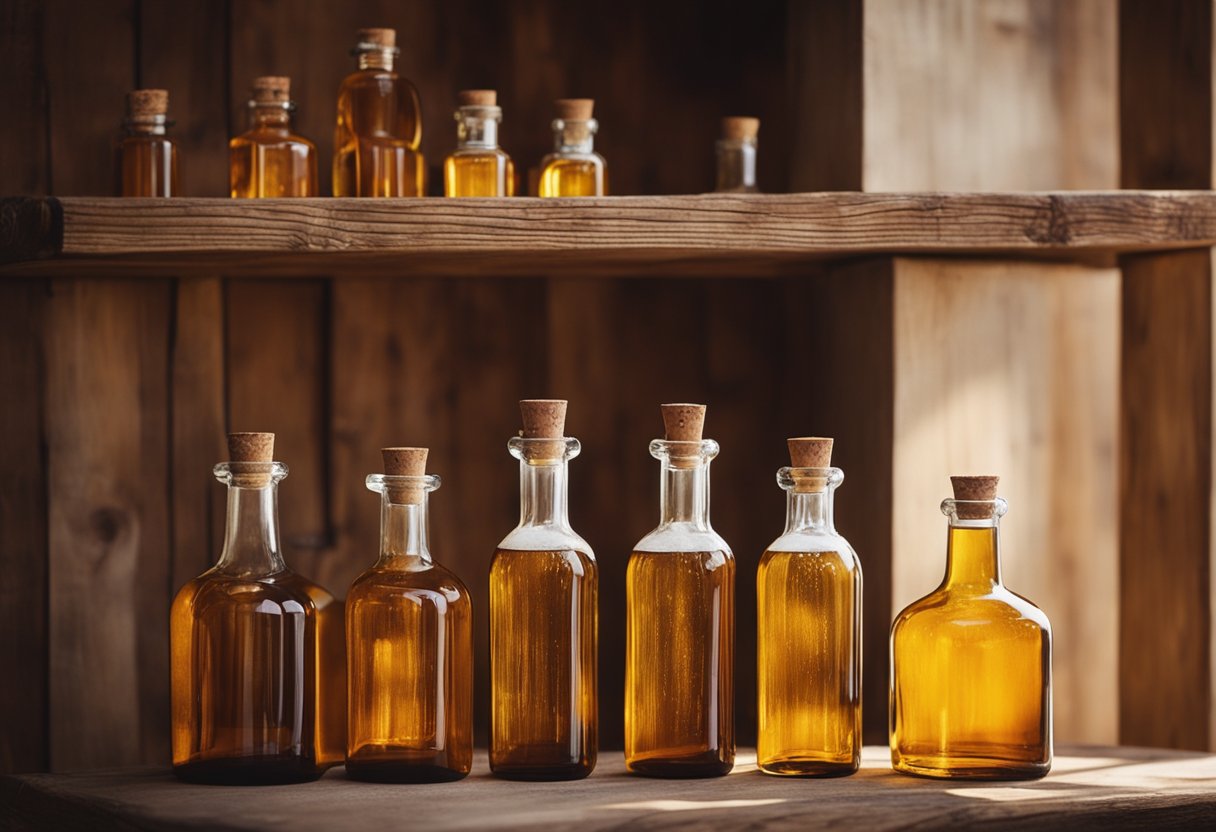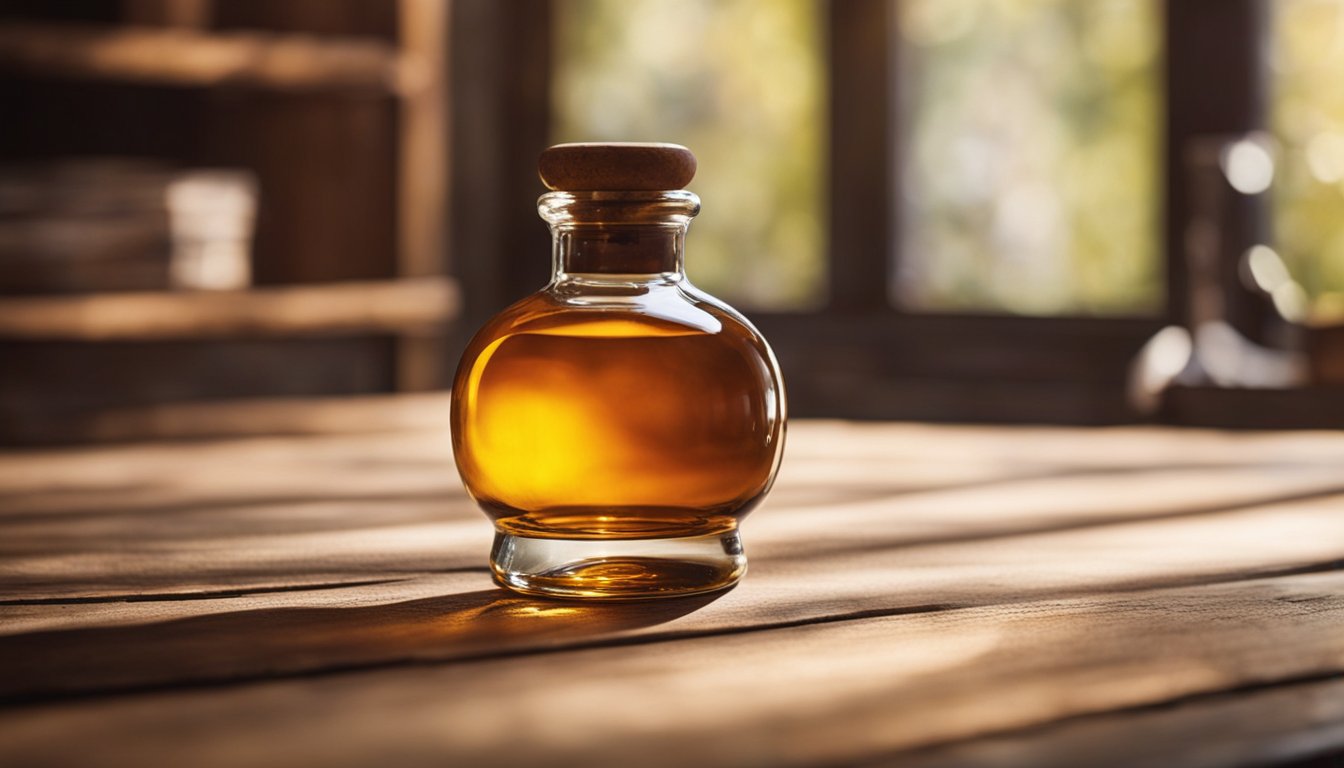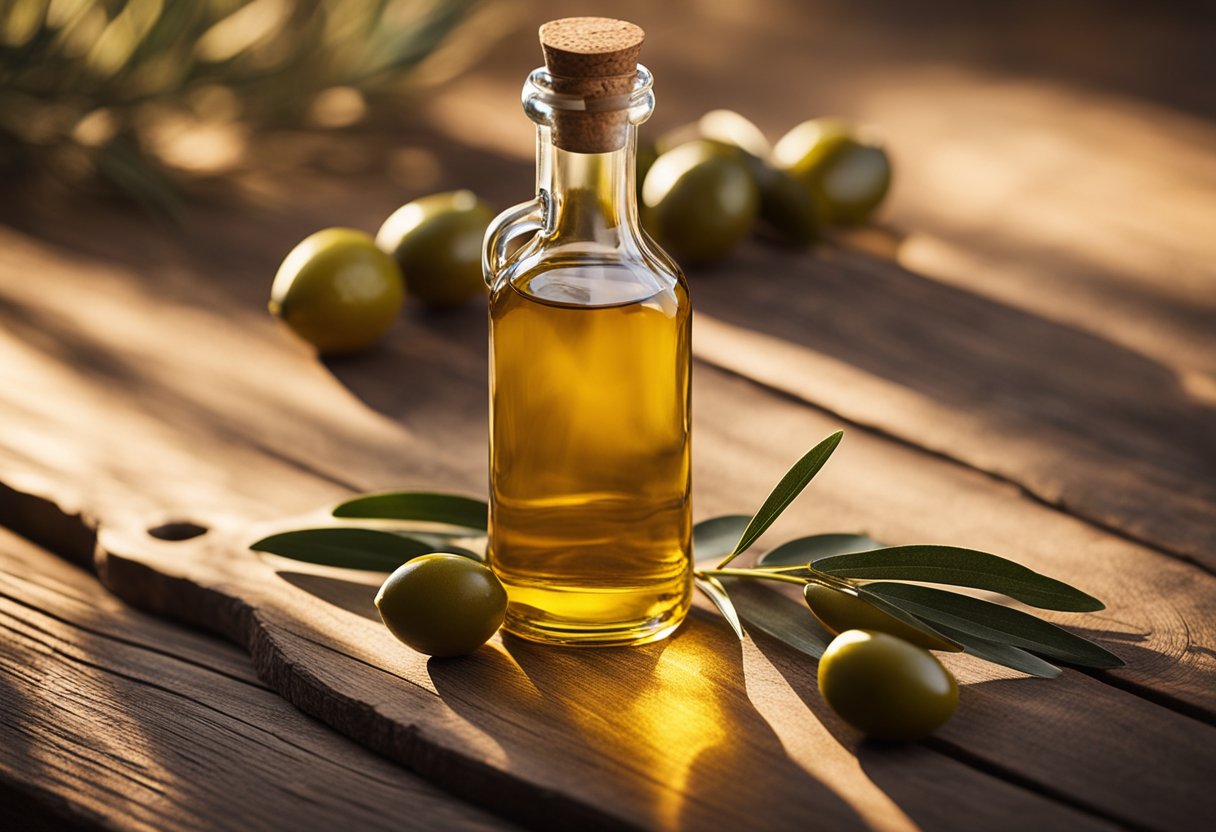If you’re a beer lover, you know that the right bottle can make all the difference in your drinking experience. Beer bottles come in many shapes, sizes, and materials, each with its own unique features and benefits. Whether you’re a homebrewer or just enjoy the occasional cold one, it’s important to understand the differences between beer bottles so you can choose the best one for your needs.

One of the most popular types of beer bottles is the longneck bottle, which is often used for commercial beer. These bottles are made of glass and have a long, slender neck that makes them easy to hold and pour. Another popular option is the swing-top bottle, which has a unique closure that allows you to reseal the bottle after opening. These bottles are often used for homebrewed beer and are available in a variety of sizes and colors.
When it comes to choosing the right beer bottle, there are a few factors to consider. The material of the bottle can affect the taste of the beer, with glass being the most popular choice for its ability to preserve the flavor and carbonation. The size of the bottle can also impact the drinking experience, with larger bottles being ideal for sharing and smaller bottles being better for individual servings. Overall, the right beer bottle can enhance your enjoyment of your favorite brew, so it’s worth taking the time to choose the best one for your needs.
History of Beer Bottles

Evolution of Bottle Design
Beer has been around for thousands of years, and the way it is packaged has changed significantly over time. Early beer was stored in clay pots, but as glass became more common, glass bottles became the preferred method of storage. The earliest beer bottles were made of thick glass and had a hinged stopper. These bottles were reusable, but they were also heavy and expensive.
In the 19th century, the development of the automatic bottle-making machine made it possible to produce bottles more quickly and at a lower cost. This led to a proliferation of different bottle designs, including the familiar long-necked bottle that is still used today. The long neck was designed to make it easier to pour the beer without disturbing the sediment at the bottom of the bottle.
Influence on Beer Preservation
One of the main reasons for the development of the beer bottle was to preserve the beer. Glass bottles were airtight and prevented the beer from spoiling. The dark color of most beer bottles also helped to protect the beer from light, which can cause the beer to develop a “skunky” taste.
Today, beer is packaged in a variety of different containers, including cans and plastic bottles. However, glass bottles are still the preferred method of packaging for many breweries, especially those that produce craft beers. Glass bottles are recyclable and can be reused, making them a more environmentally friendly option than plastic bottles.
The history of beer bottles is a long and fascinating one. From the early days of thick glass bottles with hinged stoppers to the sleek and modern designs of today, the evolution of the beer bottle has been driven by the need to preserve the beer and make it easier to pour and drink. Whether you prefer your beer in a can, a plastic bottle, or a classic glass bottle, there is no denying the important role that the beer bottle has played in the history of beer.
Types of Beer Bottles

When it comes to beer bottles, there are three main types to choose from: glass, plastic, and aluminum. Each type has its own advantages and disadvantages, so it’s important to choose the right one for your needs.
Glass Bottles
Glass bottles are the most common type of beer bottle. They come in a variety of shapes and sizes, from the standard 12-ounce bottle to larger 22-ounce bottles. Glass is an excellent material for beer bottles because it is non-reactive, which means it won’t affect the taste of the beer. It also provides a good barrier against oxygen and light, which can both have a negative impact on the flavor of the beer.
One of the main disadvantages of glass bottles is that they are fragile and can break easily. They are also heavy, which makes them more expensive to transport. However, glass bottles are recyclable, which makes them a more environmentally friendly option compared to plastic bottles.
Plastic Bottles
Plastic bottles are a popular choice for beer because they are lightweight and easy to transport. They are also shatterproof, which makes them a good option for outdoor events or parties. Plastic bottles are also cheaper to produce than glass bottles, which makes them a more cost-effective option for breweries.
However, plastic bottles have some drawbacks. They are not as good a barrier against oxygen and light as glass bottles, which can lead to a shorter shelf life for the beer. They can also be more difficult to recycle, depending on the type of plastic used.
Aluminum Bottles
Aluminum bottles are a newer type of beer bottle that are becoming more popular. They are lightweight, which makes them easy to transport and store. They are also shatterproof, which makes them a good option for outdoor events or parties.
Aluminum bottles are also a good barrier against oxygen and light, which helps to preserve the quality and flavor of the beer. They are also recyclable, which makes them a more environmentally friendly option compared to plastic bottles.
However, aluminum bottles are generally more expensive than glass or plastic bottles, which can make them a less cost-effective option for breweries. They also have a metallic taste, which can affect the flavor of the beer.
When choosing a beer bottle, it’s important to consider the advantages and disadvantages of each type. Glass bottles are a good option for their non-reactive properties, while plastic bottles are lightweight and cost-effective. Aluminum bottles are a newer option that provide a good barrier against oxygen and light, but can be more expensive. Ultimately, the choice comes down to personal preference and the needs of the brewery.
Labeling and Branding

When it comes to beer bottles, labeling and branding are crucial elements that can make or break a product. Here are some key considerations to keep in mind for effective labeling and branding.
Label Design and Information
The design of your beer bottle label should be eye-catching and memorable. A well-designed label can help your product stand out on the shelves and attract potential customers. Consider using bold colors, unique fonts, and high-quality graphics to make your label pop.
In addition to design, the information on your label is also important. Make sure to include the name of your beer, the alcohol percentage, and any other relevant information such as the type of beer, the brewery name, and the location. You may also want to include a brief description of the beer’s flavor profile or ingredients.
Branding Strategies
Branding is all about creating a unique identity for your product. When it comes to beer bottles, branding can include everything from the label design to the packaging materials. Here are a few branding strategies to consider:
- Consistency: Make sure your branding is consistent across all aspects of your product, from the label design to the packaging materials. This will help create a cohesive and recognizable brand identity.
- Storytelling: Use your label and other branding materials to tell the story of your product. This can include information about your brewery, the brewing process, or the inspiration behind the beer.
- Differentiation: Consider how you can differentiate your product from others on the market. This could include unique ingredients, a distinctive brewing process, or a creative label design.
By focusing on effective label design and branding strategies, you can help your beer stand out on the shelves and attract potential customers.
Environmental Impact
Beer bottles, like any other packaging materials, have a significant impact on the environment. In this section, we will discuss the environmental impact of beer bottles and explore ways to minimize their impact.
Recycling and Reuse
Recycling and reusing beer bottles is one of the most effective ways to reduce their environmental impact. Glass bottles are 100% recyclable and can be recycled indefinitely without losing quality or purity. When you recycle your beer bottles, you help to conserve natural resources, reduce energy consumption, and reduce greenhouse gas emissions.
Some beer bottles are designed for reuse. These bottles are washed, sanitized, and refilled with beer. Reusing beer bottles can significantly reduce the environmental impact of beer packaging. However, not all beer bottles are designed for reuse, so it’s essential to check the label to know whether the bottle is designed for reuse.
Sustainability Efforts
Many breweries are taking steps to reduce the environmental impact of their beer bottles. For example, some breweries are using lightweight glass bottles that require less energy to produce and transport, reducing their carbon footprint. Others are using recycled glass to make their bottles, further reducing the environmental impact of their packaging.
Some breweries are also exploring alternative packaging materials, such as aluminum cans. Aluminum cans are more lightweight than glass bottles, reducing transportation costs and energy consumption. Additionally, aluminum cans are 100% recyclable and can be recycled indefinitely without losing quality or purity.
Beer bottles have a significant impact on the environment, but there are ways to minimize their impact. By recycling your beer bottles and supporting breweries that are taking steps to reduce their environmental impact, you can help to conserve natural resources, reduce energy consumption, and reduce greenhouse gas emissions.
Collecting and Craft
Beer Bottle Collecting
Beer bottle collecting is a fun hobby that can be enjoyed by anyone who appreciates the artistry and history behind each bottle. Whether you are interested in vintage beer bottles, limited edition releases, or just unique designs, there is something for everyone in the world of beer bottle collecting.
One of the best ways to start your beer bottle collection is by attending beer festivals and brewery tours. Many breweries offer limited edition releases that are only available at their taprooms. These bottles often feature unique designs and are highly sought after by collectors.
Another way to build your collection is by visiting antique shops and flea markets. These places are often treasure troves of vintage beer bottles that can add a unique flair to your collection. Be sure to do your research and learn about the history behind each bottle to truly appreciate their value.
DIY Projects with Beer Bottles
If you are looking for a creative way to repurpose your beer bottles, there are many DIY projects that you can try. One popular idea is to turn your beer bottles into drinking glasses. This can be done by cutting off the top of the bottle and sanding down the edges to create a smooth finish.
Another fun project is to create a beer bottle chandelier. This can be done by stringing together beer bottles with wire and attaching them to a light fixture. This unique piece of decor is sure to be a conversation starter in any room.
You can also use beer bottles to create unique planters for your indoor or outdoor garden. Simply cut off the top of the bottle and fill it with soil and your favorite plant. This is a great way to add a touch of greenery to your home while also repurposing your beer bottles.
Overall, beer bottle collecting and DIY projects are great ways to appreciate the artistry and history behind each bottle while also adding a unique touch to your home decor.















